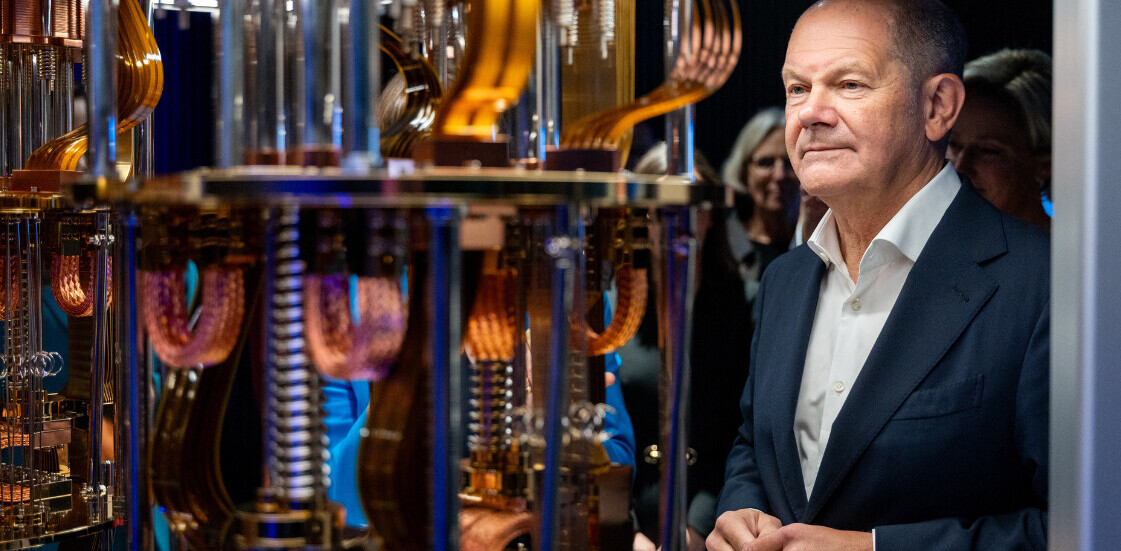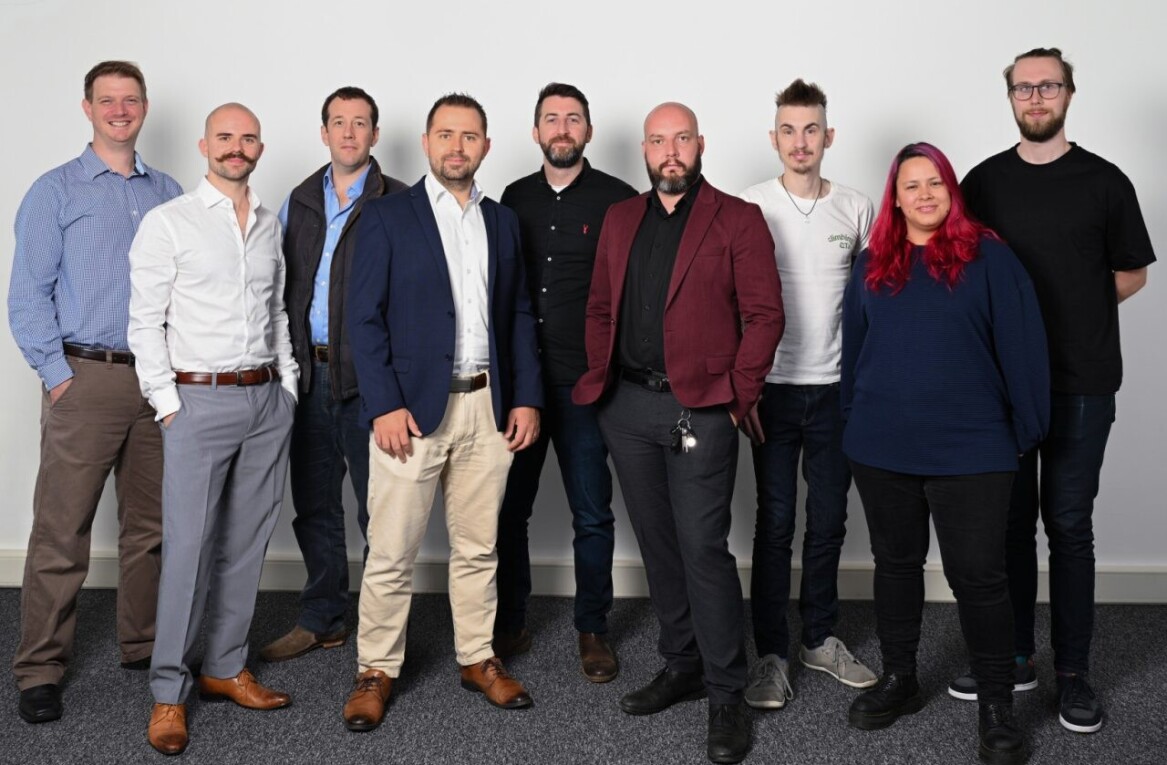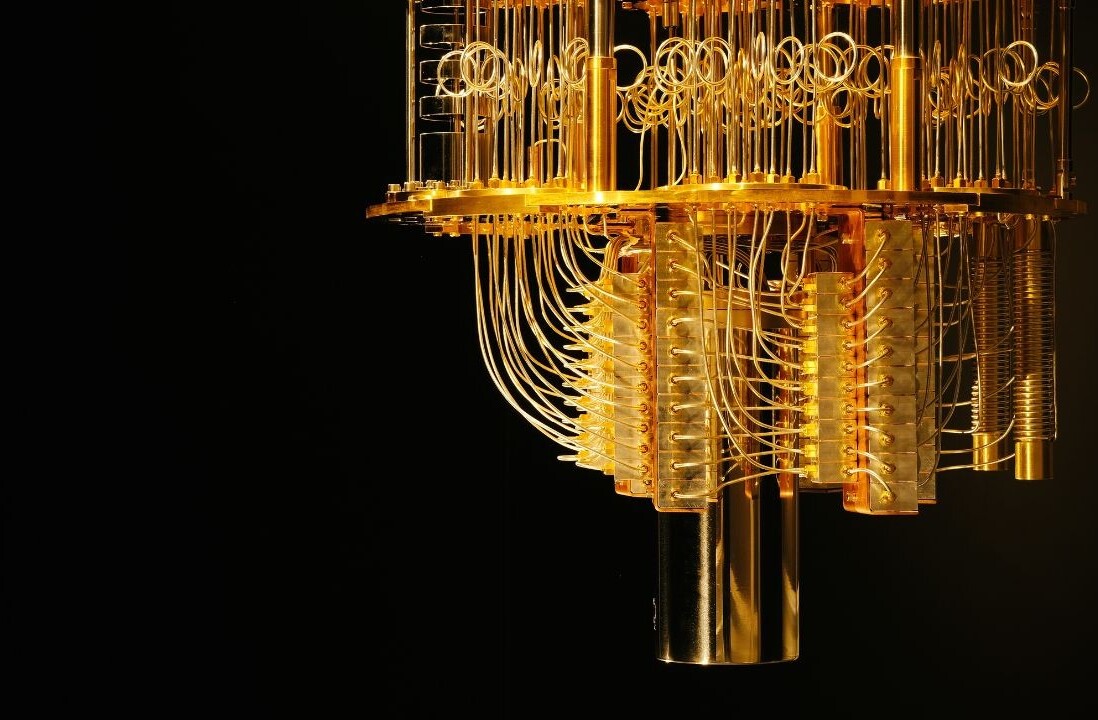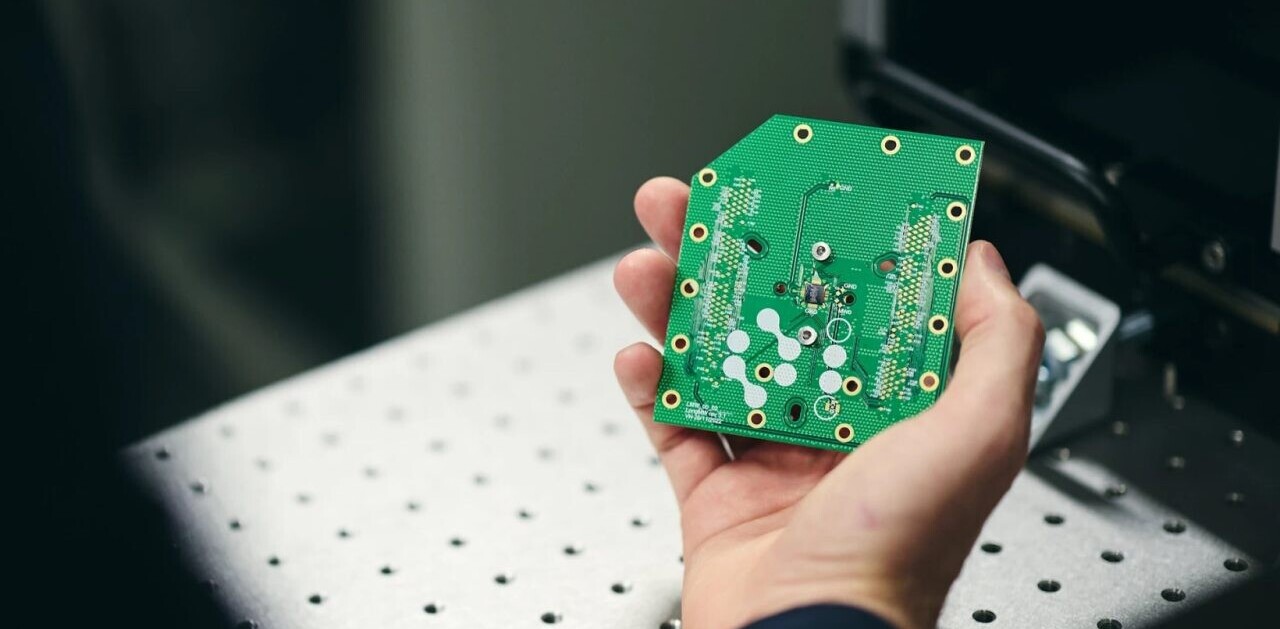
A team of physicists from Stevens Institute of Technology recently unveiled the world’s most complex and accurate method for coaxing individual particles of light into interacting with one another. While bullying photons might not sound like a breakthrough, the team’s research is blazing a trail towards the Holy Grail of physics: room-temperature quantum computing chips.
The Stevens team, led by associate professor of physics and director of the Center for Quantum Science and Engineering Yuping Huang, developed a method for forcing photons to interact by etching a quantum-sized micro-cavity in the shape of a racetrack into a lithium niobate crystal compound. They then fired a precision laser into the compound which interacted with the individual photons in a manner that allowed the researchers to tune it for incredibly specific results.

Creating the micro-cavity was no small feat, it required the development and use of entirely new tools and techniques. According to a press release from Stevens, the precision with which the group can now force single-photon interactions sets them squarely on the path towards room-temperature quantum computing:
They’re closing in on a system capable of generating interactions at the single-photon level reliably, a breakthrough that would allow the creation of many powerful quantum computing components such as photonics logic gates and entanglement sources, which along a circuit, can canvass multiple solutions to the same problem simultaneously, conceivably allowing calculations that could take years to be solved in seconds.
We’re not quite there yet. It’s one thing to merely cause interactions at the single-photon level and another to wield the god-like power that would allow us to reliably control these interactions. What makes this experiment such an eureka moment is that it clearly demonstrates that we can achieve room-temperature quantum computing, and the Stevens team has already figured out some things they can try out to improve their accuracy in the next experiments.
There are other teams, around the globe, trying to solve these very same problems. We may be years or decades from seeing the fruits of their labors manifest as full-fledged room-temperature quantum communications systems, but the path to the Grail’s been revealed and the quest has begun.
Get the TNW newsletter
Get the most important tech news in your inbox each week.




